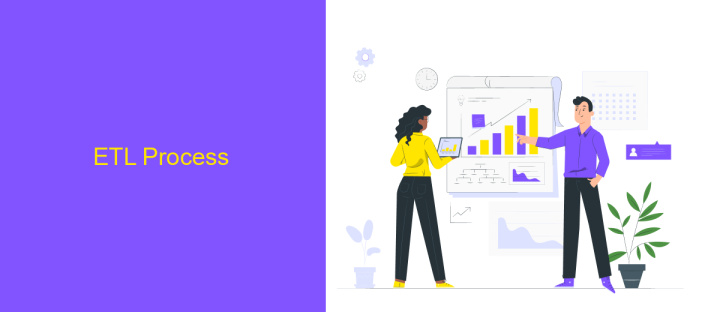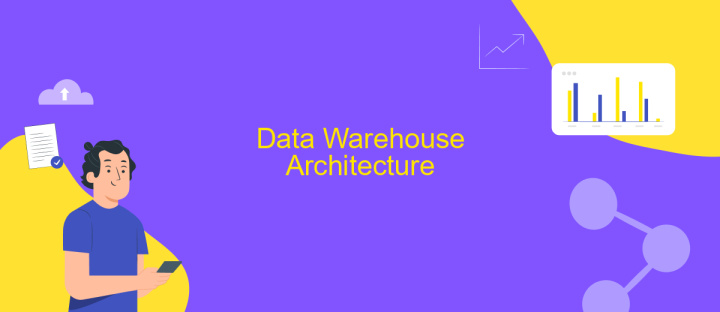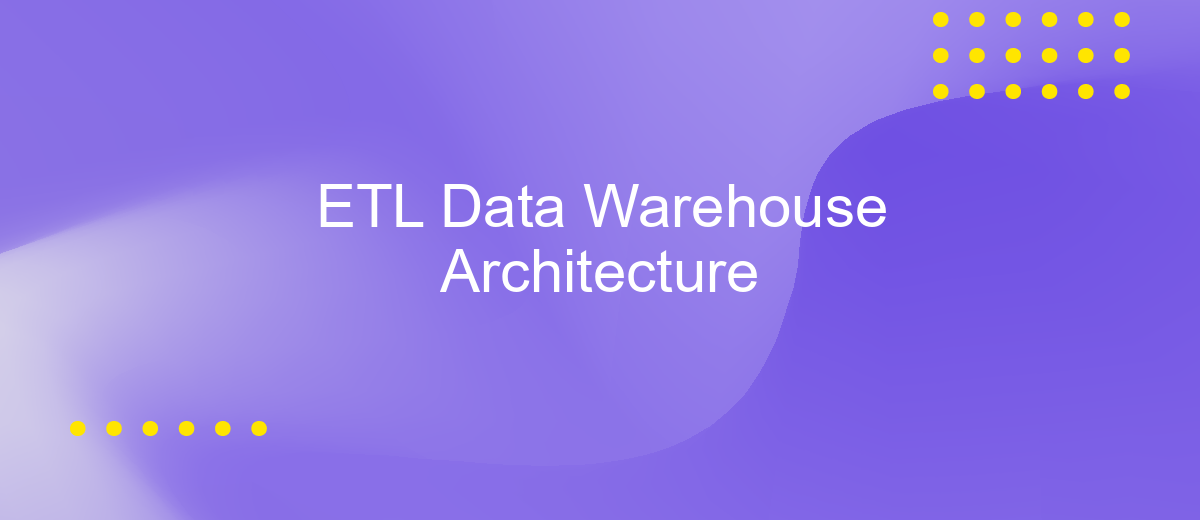ETL Data Warehouse Architecture
The ETL (Extract, Transform, Load) Data Warehouse Architecture is a critical framework for managing and consolidating large volumes of data from diverse sources. By efficiently extracting data, transforming it into a usable format, and loading it into a centralized repository, ETL processes enable businesses to gain valuable insights, improve decision-making, and maintain data integrity across their operations.
ETL Overview
ETL (Extract, Transform, Load) is a crucial process in data warehousing that involves extracting data from various sources, transforming it into a suitable format, and loading it into a target data warehouse. This process ensures that data is accurate, consistent, and ready for analysis.
- Extract: Data is collected from multiple sources such as databases, APIs, and flat files.
- Transform: The extracted data is cleaned, filtered, and formatted to meet the requirements of the target system.
- Load: The transformed data is loaded into the data warehouse for further analysis and reporting.
ETL tools and services like ApiX-Drive can automate and streamline the integration process, reducing manual effort and minimizing errors. ApiX-Drive offers a user-friendly platform for setting up data integrations, allowing businesses to connect various data sources seamlessly and ensure real-time data flow into their data warehouses.
ETL Process

The ETL process is a crucial component of data warehousing, involving three main steps: Extract, Transform, and Load. During the extraction phase, data is collected from various sources such as databases, APIs, and flat files. This raw data is then transformed to meet the specific requirements of the target data warehouse. Transformation includes data cleaning, normalization, and enrichment to ensure consistency and accuracy. Finally, the cleaned and transformed data is loaded into the data warehouse, making it available for querying and analysis.
Modern ETL processes often leverage integration tools and services to streamline and automate data workflows. One such service is ApiX-Drive, which facilitates seamless data integration between disparate systems. By using ApiX-Drive, organizations can automate data extraction from multiple sources and ensure that the data is accurately transformed and loaded into the data warehouse. This not only reduces manual effort but also enhances data reliability and timeliness, enabling more efficient decision-making processes.
Data Warehouse Architecture

The architecture of a data warehouse is a complex system designed to aggregate and store data from multiple sources, making it accessible for analysis and reporting. It typically involves several layers and components that ensure data is extracted, transformed, and loaded efficiently.
- Data Sources: These are the origin points of the data, such as databases, APIs, and flat files.
- ETL Process: This involves extracting data from source systems, transforming it to fit operational needs, and loading it into the data warehouse.
- Data Storage: This is where the transformed data is stored, often in a relational database or a data lake.
- Data Presentation: This layer includes tools for reporting, data visualization, and analysis, allowing end-users to access and interpret the data.
Integrating various data sources can be challenging, but services like ApiX-Drive simplify this process by automating data integration. This service allows for seamless connectivity between different systems, ensuring that data flows smoothly from the source to the data warehouse. By leveraging such tools, organizations can enhance the efficiency and reliability of their data warehousing solutions.
ETL Tools

ETL tools play a crucial role in the data warehousing process by automating the extraction, transformation, and loading of data from various sources into a centralized repository. These tools help streamline data integration, ensuring that data is accurate, consistent, and readily available for analysis.
There are numerous ETL tools available in the market, each offering unique features and capabilities to address different data integration challenges. Some tools are designed for specific industries or data types, while others offer more general-purpose functionality.
- Apache NiFi: An open-source tool for automating data flow between systems.
- Informatica PowerCenter: A widely-used enterprise-grade ETL tool with robust data integration capabilities.
- Talend: An open-source ETL tool that supports big data and cloud integration.
- ApiX-Drive: A versatile service for setting up integrations and automating data workflows across various platforms.
- Microsoft SSIS: A powerful ETL tool integrated with SQL Server for data transformation and migration.
Choosing the right ETL tool depends on your organization's specific needs, data sources, and budget. By leveraging these tools, businesses can efficiently manage their data pipelines, ensuring high-quality data is available for decision-making and analytics.
- Automate the work of an online store or landing
- Empower through integration
- Don't spend money on programmers and integrators
- Save time by automating routine tasks
Best Practices
When designing an ETL data warehouse architecture, it is crucial to ensure data quality and integrity. Implementing data validation checks at each stage of the ETL process helps to identify and rectify errors early. Additionally, maintaining comprehensive documentation for all ETL processes and transformations ensures transparency and facilitates easier troubleshooting and maintenance.
Another best practice is to leverage automation tools to streamline and optimize the ETL workflow. For instance, using integration services like ApiX-Drive can significantly reduce manual effort by automating data transfers between various platforms. This not only enhances efficiency but also minimizes the risk of human error. Regularly monitoring ETL jobs and setting up alerts for failures or performance issues can further ensure the reliability and robustness of the data warehouse.
FAQ
What is ETL in the context of Data Warehouse Architecture?
Why is ETL important for a Data Warehouse?
What are some common challenges in ETL processes?
How can ETL processes be automated?
What are the key components of a Data Warehouse Architecture?
Apix-Drive is a simple and efficient system connector that will help you automate routine tasks and optimize business processes. You can save time and money, direct these resources to more important purposes. Test ApiX-Drive and make sure that this tool will relieve your employees and after 5 minutes of settings your business will start working faster.


